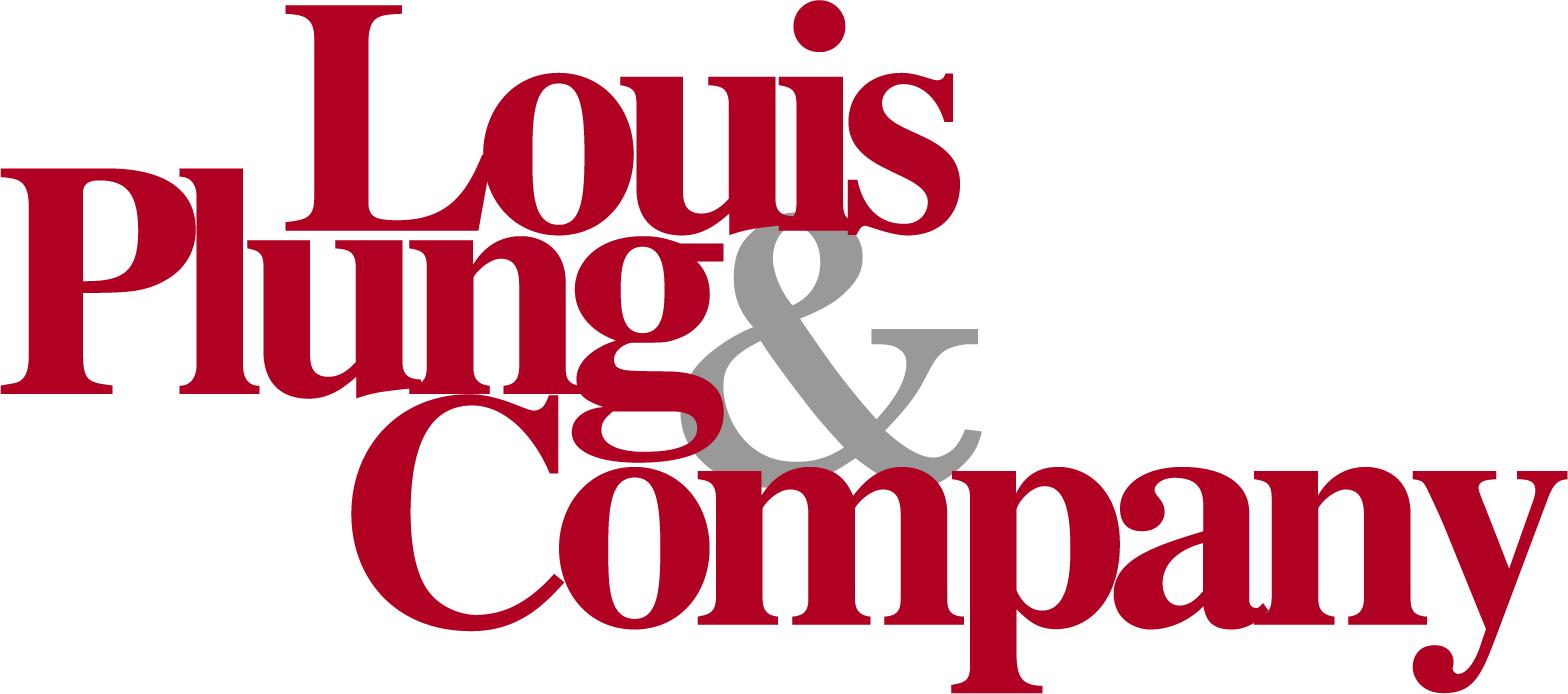Revenue Procedure Finalized Creating Safe Harbor for Rental Real Estate Enterprise

The Tax Cuts and Jobs Act of 2017 added Section 199A to the Internal Revenue Code. Section 199A allows a deduction of up to 20 percent of the taxpayer’s qualified business income (QBI) from each of the taxpayer’s qualified trades or businesses, including those operated through a partnership, S corporation, or sole proprietorship as well as a deduction of up to 20 percent of aggregate real estate investment trust dividends and qualified publicly traded partnership income. A qualified trade or business is defined as any trade or business other than a specified service trade or business (SSTB) or a trade or business of performing services as an employee. (A SSTB is any trade or business operating in the fields of law, accounting, health, performing arts, consulting, investing, athletics and securities trading). However, since this deduction is only available with respect to income from a trade or business, it can be unclear when a rental activity rises to the level of the trade or business, thereby allowing the rental income to be eligible for the 20 percent deduction.
Under Internal Revenue Code Section 199A, qualified business income normally must come from a trade or business that is eligible to deduct business expenses under Section 162. Therefore, the business must be considerable, regular and continuous and operated under the assumption of intending to make a profit. On September 24, 2019, the IRS issued Revenue Procedure 2019-38 which provides a safe harbor under which income from rental real estate will be considered QBI and available for the 199A deduction. (Rev. Proc. 2019-38 finalized, with certain modifications, a proposed version of a revenue procedure containing such a safe harbor in Notice 2019-07). The safe harbor in Rev. Proc. 2019-38 was created because of the uncertainty that certain taxpayers had regarding whether an interest in rental real estate rises to the level of a trade or business for purposes of Section 199A. This means that a rental real estate enterprise that doesn’t rise to the level of a trade or business can still produce qualified business income, as long as it satisfies the other QBI requirements. However, the safe harbor applies only to the Section 199A deduction. It does not qualify the rental enterprise as a trade or business for any other purpose. The determination to use the safe harbor must be made annually. Rental property owners should be aware that the safe harbor is not the only way a rental enterprise can produce QBI. If the rental activity satisfies the usual tests for a qualified business, including the IRC Section 162 business test, it does not need to qualify for the safe harbor.
A rental real estate enterprise for purposes of the safe harbor is defined as an interest in real property held to produce rents and may consist of an interest in a single property or interests in multiple properties. Taxpayers or relevant pass-through entities may treat each interest in similar property as a separate rental real estate enterprise or combine all similar properties as a single rental real estate enterprise. There are two categories for purposes of combining properties, residential and commercial. Residential properties can only be combined with other residential properties and commercial properties can only be combined with other commercial properties. Once a taxpayer or relevant pass-through entity treats an interest in similar commercial properties or similar residential properties as a single real estate enterprise under the safe harbor, they must continue to treat interests in all similar properties, including newly required properties as a single real estate rental enterprise under the safe harbor. However, a taxpayer or relevant pass-through entity that chooses to initially treat its interest in each commercial or residential property as a separate rental real estate enterprise, may choose to combine them into a single real estate rental enterprise in future years.
Any interest in mixed-use property (a single building with both commercial and residential units) may be treated as a single rental real estate enterprise or may be bifurcated into separate residential and commercial interests.
What are the safe harbor requirements?
In order to be eligible to claim the QBI deduction, the rental real estate enterprise must meet the following requirements:
- Separate books and records are maintained to reflect income and expenses for each rental real estate enterprise; if the rental real estate enterprise owns multiple properties, it may maintain property-level financial records and consolidate them.
- For rental real estate enterprises that have been in existence less than four years, 250 or more hours of rental services are performed per year. For rental real estate enterprises that have been in existence for at least four years, the 250-hour requirement must be satisfied in three of the five years ending with the tax year.
Rental services include:
- Advertising to rent or lease the real estate;
- Negotiating and executing leases
- Verifying tenant applications;
- Collecting rent;
- Daily operation, maintenance and repair of the property including the purchase of materials and supplies;
- Managing the real estate
- Supervising employees and independent contractors.
The rental services may be performed by owners of the pass-through entity, employees, agents and/or independent contractors of the owners.
Rental services do not include:
- Financial or investment management activities;
- Arranging financing;
- Procuring property;
- Providing, studying or reviewing financial statements or operational reports;
- Planning, managing or constructing long-term capital improvements;
- Time spent traveling to and from the real estate.
- Beginning in 2020, real estate enterprises must maintain contemporaneous records regarding the following:
- Hours of services performed;
- Description of services performed;
- Dates on which such services were performed; and
- Who performed the services.
The final safe harbor rules simplify the requirements to substantiate time spent by employees and independent contractors. The taxpayer may provide a description of the rental services performed by such employee and the amount of time generally spent by the employee performing such services rather than requiring detailed time reports as long as the taxpayer retains wage and payment records for the employee or contractor.
- The taxpayer, or relevant pass-through entity, must attach a statement to a timely filed original tax return for each year in which it relies on the safe harbor.If the individual taxpayer or relevant pass-through entity has more than on rental real estate enterprise, a single statement may be submitted but it must list a description, including the address, of all the rental properties covered by the safe harbor, a description of rental properties acquired and disposed of during the year, and a representation that the requirements of this safe harbor have been satisfied.
Rental Real Estate Excluded from the Safe Harbor
The following four categories of rental property are not eligible for the safe harbor regardless of whether the requirements discussed above are satisfied:
- Real estate used by the taxpayer or one of its owners as a residence;
- Real estate subject to a triple net lease (a lease where the tenant must pay for taxes, fees, insurance and other maintenance for the property in addition to rent and utilities).
- Real estate used in a trade or business conducted by the taxpayer or an affiliate (i.e. self-rental).
- Real estate of which any part is a specified services trade or business, including law, accounting, health, performing arts, consulting, investing, athletics, and securities trading.
Applying the Safe Harbor
The following are some examples illustrating the application of the Revenue Procedure 2019-38 safe harbor:
Example 1:
John owns a building in which multiple units are rented to third-party commercial businesses. In 2019, he hires an employee which spends 150 hours performing repair and maintenance activities on the building and another employee who spends 100 hours preparing separate financial statements for each tenant in the building. John spends 50 hours advertising the units for rental and negotiating and executing the leases. John keeps contemporaneous time records to prove the amount of times spent on the rentals and treats them as a single rental enterprise. Does John meet the safe harbor requirement so that he may claim the Section 199A deduction?
No, he does not meet the safe harbor requirement. Although John and his two employees spent over 250 hours on various activities related to the building, the time spent by the employee who prepares the financial statements is not considered a qualified rental service. There, only 200 hours of qualified rental services were provided in 2019 (150 hours by the employee providing repair and maintenance services and 50 hours provided by John in advertising the properties and lease administration) which is below the 250 hours minimum requirement in order to claim the safe harbor and be eligible to claim the Section 199A deduction on John’s personal tax return.
Example 2:
In this situation, assume the same facts as in Example 1 except that John also hired another employee in 2019 who spent 50 hours on performing credit checks on prospective tenants as well as collecting rents. Does John meet the safe harbor requirement so that he may claim the Section 199A deduction?
Yes, he does meet the safe harbor requirement. Although the time spent by the employee who prepares the financial statements in not considered a qualified rental service, the 50 hours spent by John in advertising the properties and administering the leases, the 150 hours spent by the rental/maintenance employee and the 50 hours spent by the employee performing credit checks/rent collection services comprise 250 hours of qualified rental services. Therefore, since the safe harbor requirement has been met, John may claim the Section 199A deduction on his personal tax return.
What are my options if the safe harbor requirement cannot be met?
Many real estate rental enterprises will find that they will not qualify for the safe harbor election because of their inability to meet all the requirements. For example, the 250-hour requirement might not be satisfied, or the rental may involve a triple net lease. If a real estate rental enterprise is unable to meet the safe harbor, the 199A deduction may still be a possibility depending upon other factors. For example, does the rental rise to the level of a trade or business based on the number of properties rented, the owner’s or the owner’s employees/ independent contractors’ day-to-day involvement with the properties, the lease terms and types of services provided under the lease? Also, consider whether the self-rental rule applies, which allows a rental enterprise to be considered a trade or business if the tenant is commonly owned and generates qualified business income. In addition, if the rentals generate a loss it may be preferable that they do not meet the safe harbor requirement or trade or business requirement because the losses will reduce the 20% deduction allowed under Section 199A.
Need More Assistance in Determining your Options?
If you have any questions concerning your individual situation, contact us and we would be happy to help you determine your options to maximize your tax deduction on your real estate rental enterprise. We can determine if you are eligible to claim the safe harbor and if not, consider planning options to help you qualify. Even if the safe harbor is not available, we can evaluate if your rental activities can qualify as a trade or business which would allow the 199A deduction without the safe harbor.




